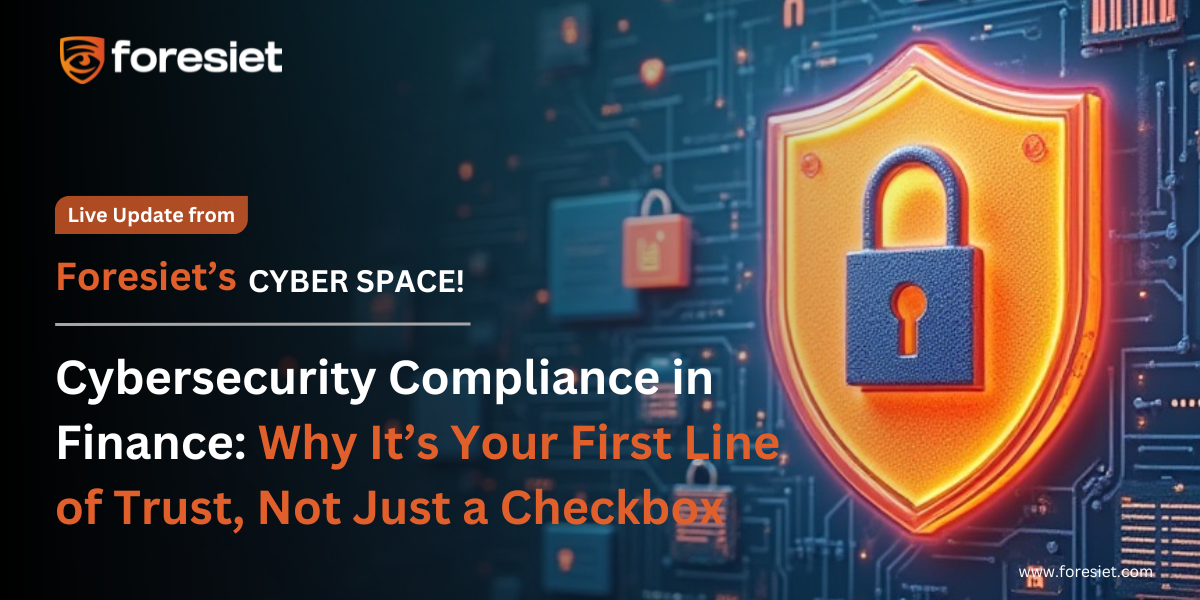Pearson Cyberattack Exposes Sensitive Legacy Data: A Wake-Up Call for Digital Risk Management

Introduction: The High Cost of Overlooked Security Gaps
In today’s rapidly evolving cyber threat landscape, even global giants aren’t immune. UK-based education heavyweight Pearson, known for its digital learning tools and academic publishing, recently fell victim to a significant cyberattack. This incident exposed customer data and corporate information, putting millions at risk. The attack underscores an uncomfortable truth: legacy systems and poor credential hygiene continue to create blind spots in corporate cybersecurity.
How the Attack Unfolded: A Cautionary Tale
Pearson confirmed that threat actors gained unauthorized access to a portion of its infrastructure. Although the company described the compromised data as mostly "legacy," sources report that the intrusion occurred via an exposed GitLab Personal Access Token (PAT) in a publicly accessible. git/config file—a vulnerability that security experts have warned against for years.
This file, when misconfigured, can give malicious actors a direct line into internal repositories, source code, and even cloud platforms. In Pearson’s case, that’s exactly what happened. The attackers used the token to pivot across systems, extracting terabytes of internal data, including:
- Customer information
- Financial records
- Support tickets
- Proprietary source code
Allegedly, this data spanned multiple cloud environments including AWS, Google Cloud, Snowflake, and Salesforce CRM.
Why Exposed Developer Environments Are a Major Risk
As companies scale and innovate rapidly, developer environments often become the weak link in security chains. Exposed access tokens, hard-coded credentials, and publicly indexed configuration files are frequently targeted by cybercriminals conducting automated scans.
Last year, Internet Archive suffered a similar breach due to an exposed. git/config file, leading to unauthorized access to its GitLab repositories.
This kind of breach highlights the importance of digital footprint analysis and compromised data tracking—both critical services that solutions like Foresiet assist organizations in monitoring.
Consequences and Unanswered Questions
While Pearson acted quickly—working with law enforcement, hiring forensic experts, and deploying enhanced authentication and monitoring—it has declined to disclose:
- The exact number of affected customers
- Whether any ransom was paid
- What qualifies as “legacy data”
- If affected parties will be directly notified
Such opaqueness can harm public trust and raise questions about brand protection and online risk evaluation in enterprise settings.
Lessons for the Industry: Prevention Over Cure
This incident reinforces several critical security takeaways:
- Never embed credentials in Git repositories or public config files
- Regularly audit your cloud infrastructure for stale or hardcoded access tokens
- Invest in dark web surveillance and darknet monitoring services to detect when stolen data surfaces
- Use digital threat scoring to prioritize vulnerabilities before they’re exploited
While Pearson may weather this storm, many companies might not be so lucky. Leveraging platforms like Foresiet for proactive threat intelligence, credential leak detection, and ongoing surveillance can make a tangible difference in resilience.
Conclusion: A Cybersecurity Wake-Up Call
Pearson’s breach is more than just another cyber incident—it’s a warning sign for any business operating in the digital age. With so much customer and proprietary data stored across cloud services, the margin for error is razor thin.
By adopting a zero-trust mindset, monitoring for brand impersonation, and routinely checking digital environments for exposure, organizations can drastically reduce the odds of becoming the next headline.
Whether you're an education provider, fintech firm, or healthcare enterprise, the call to action is the same: prioritize your digital security posture now—or pay for it later.
About us!
Foresiet is the pioneering force in digital security solutions, offering the first integrated Digital Risk Protection SaaS platform. With 24x7x365 dark web monitoring and proactive threat intelligence, Foresiet safeguards against data breaches and intellectual property theft. Our robust suite includes brand protection, takedown services, and supply chain assessment, enhancing your organization's defense mechanisms. Attack surface management is a key component of our approach, ensuring comprehensive protection across all vulnerable points. Compliance is assured through adherence to ISO27001, NIST, GDPR, PCI, SOX, HIPAA, SAMA, CITC, and Third Party regulations. Additionally, our advanced antiphishing shield provides unparalleled protection against malicious emails. Trust Foresiet to empower your organization to navigate the digital landscape securely and confidently.
Protect your brand, reputation, data, and systems with Foresiet's Integrated Digital Risk Platform. 24/7/365 threat monitoring for total peace of mind.


July 10, 2025, 9 a.m.
